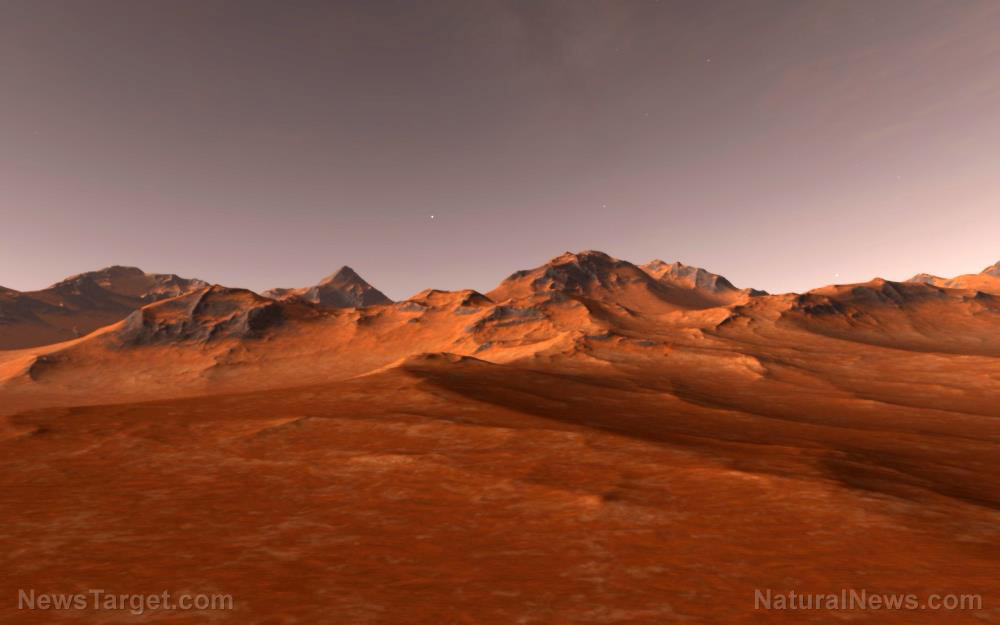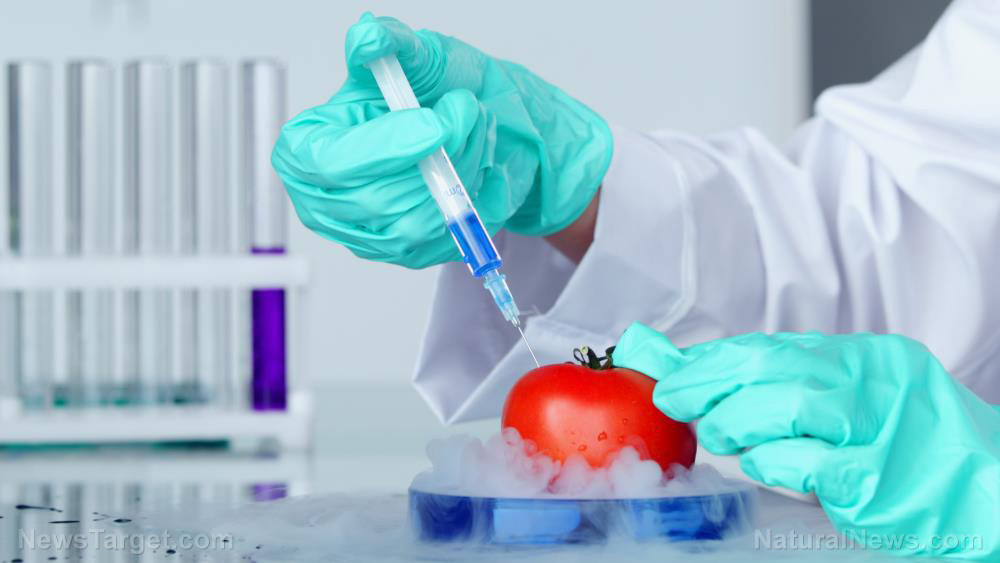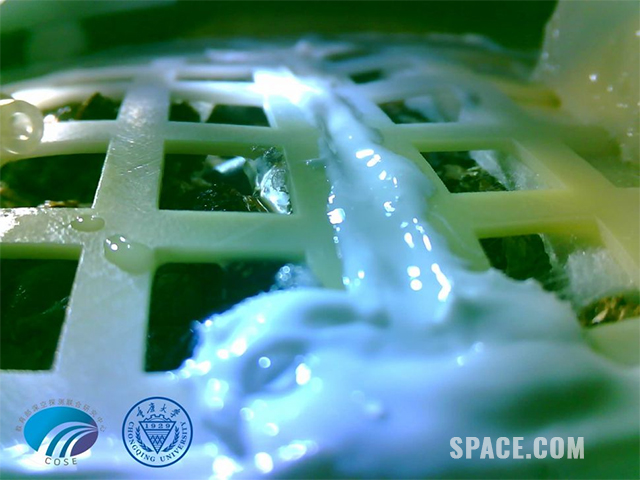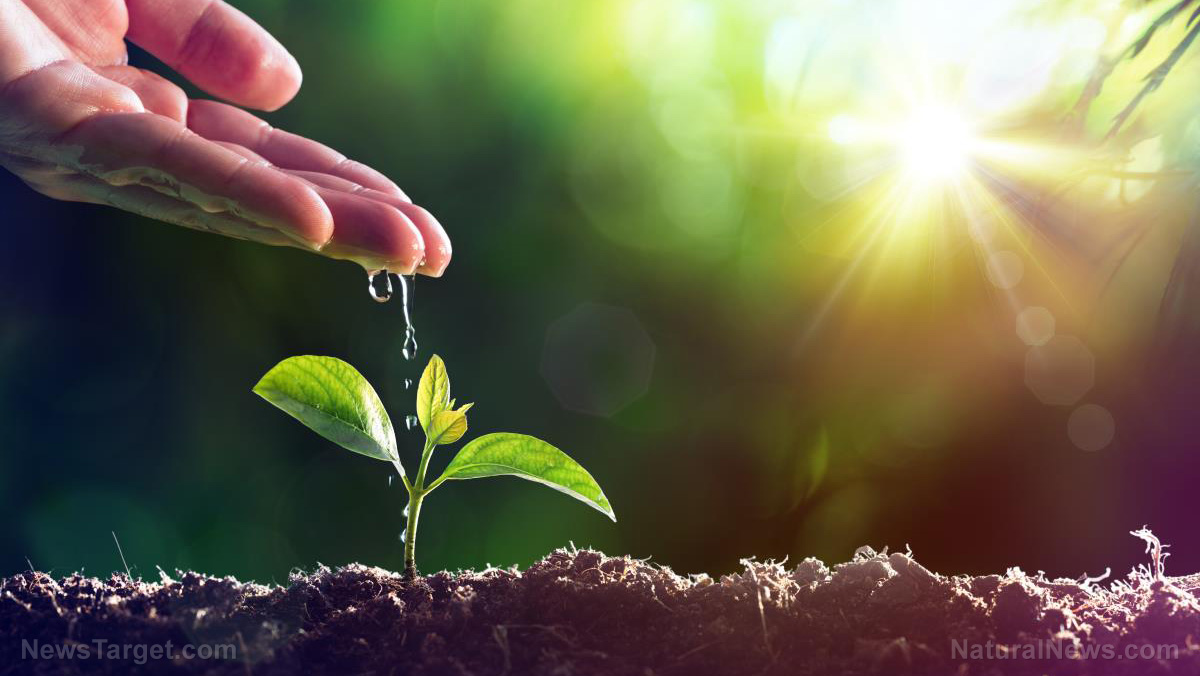
In Andy Weir's science fiction novel turned Hollywood blockbuster “The Martian,” lead character Mark Watney survives on Mars by using his botany skills to grow a small farm in his habitat. While this concept of growing plants on Mars may seem like pure science fiction now, real-life botanists want to make it a reality.
At the Mars Desert Research Station (MDRS) in Utah, botanists are looking into what it takes to grow plants in Mars, or at least, in conditions similar to what astronauts may one-day experience during a future Mars mission.
Looking for plants living in Mars-like environments
The MDRS, run by the Mars Society, has crews living like astronauts for a week or two – simulating what a real-life manned Mars mission could be like, with crews even conducting “spacewalks” in simulated spacesuits.
Part of the reason the MDRS is suited to simulating Mars missions is its location. Located near Hanksville, Utah, the MDRS sits on a swathe of sandstone similar to the rock on Mars – the soil even has a similar color to that on the Red Planet.
Despite this barren, rocky landscape, several plants do grow in the rocks around the MDRS. It's these that have caught the attention of Paul Sokoloff, a botanist and ecologist at the Canadian Museum of Nature.
The plants that grow in the area around the MDRS include wildflowers, such as the yellow blossomed Cleomella palmeriana and the purple Phacelia demissa, as well as the invasive, bushy weed called Halogeton glomeratus. In addition, the landscape around the habitat changes every year, which could mean that there are even more species to be identified. (Related: Antarctic fungi could be able to colonize Mars.)
“The first time I was at MDRS … there was a bunch of large, basically sod plants [grasses] and there was nothing else – no life, no flora,” recalled David Murray, MDRS GreenHab manager.
“Then, the last time, [Crew] 210 with Paul, there was one dominant species covering the entire thing. That happened over the course of one year.”
It's to identify all these species that Sokoloff has been returning to the MDRS for years, one of the most recent being as part of “Crew 210.” During that trip, which took place in April of 2019, Sokoloff and other members of Crew 210 visited three known sites to pick up local species of plants.
Beyond this, Sokoloff's group has plans to return at least one more time.
Recreating Mars on Earth to grow plants
In addition to picking up plants growing in the region, the MDRS also grow plants inside the habitat's GreenHab.
While the rocky desert surrounding the MDRS are somewhat reminiscent of Mars, at the GreenLab, scientists work to recreate the Martian environment as accurately as possible. This includes steps such as lowering the ambient light to better match the amount that would be found in the Red Planet.
The main challenge with the experiments conducted in the MDRS's GreenHab is the fact that the plants take longer to grow than the two weeks that each mission to the MDRS takes. As such, each batch of plants is passed on to the next crew that takes over the MDRS until the plants are finally harvested.
The ability to grow plants on Mars is seen as an important component of any future Mars mission. Having to carry all the food necessary for a mission to the Red Planet would take up a significant amount of space on any spacecraft. Being able to grow food on the planet would help reduce the amount of material needed to be carried on a Mars mission.
With this in mind, it should come as no surprise that the Mars Society's efforts at the MDRS are not the only studies looking to see if it would be possible to grow plants on Mars. National Aeronautics and Space Administration (NASA) scientists have also tested growing plants in soil that simulates that found on Mars.
In addition, astronauts have already grown and even eaten vegetables such as lettuce on board the International Space Station, showing that it is possible to grow food in environments with reduced gravity.
Follow Space.news for more on the efforts leading up to future manned missions to Mars.
Sources include:
Please contact us for more information.



















